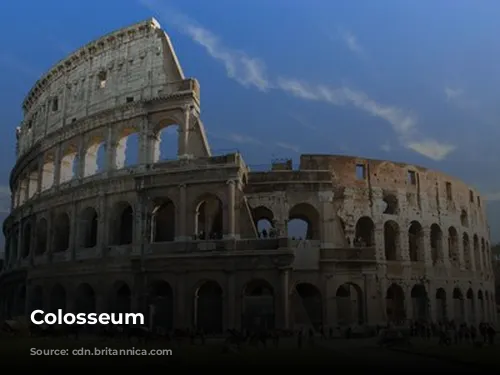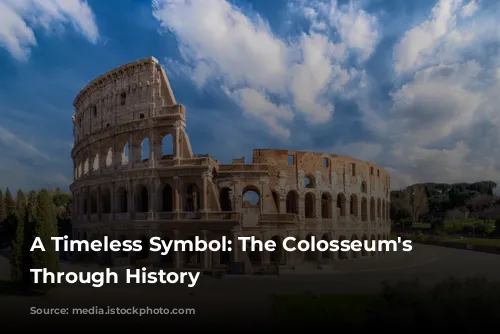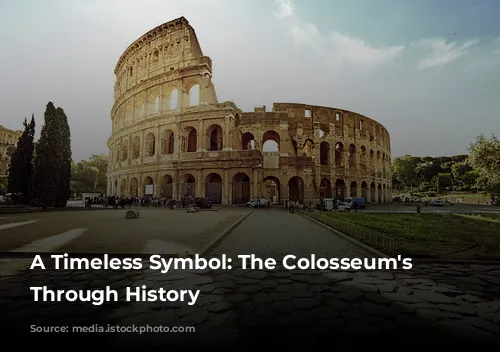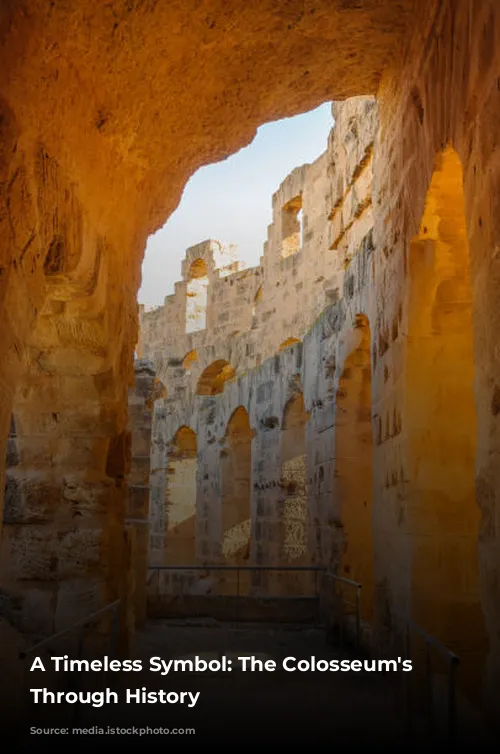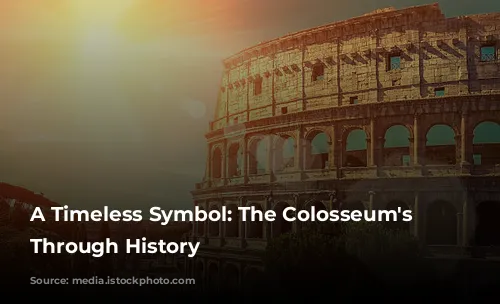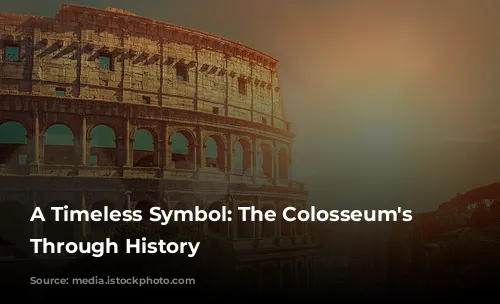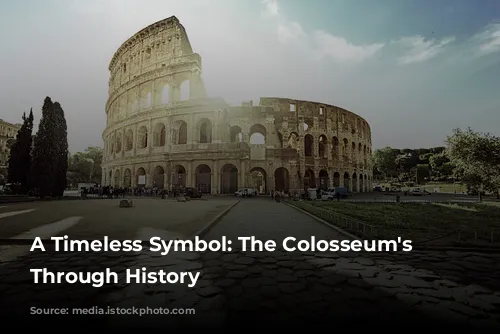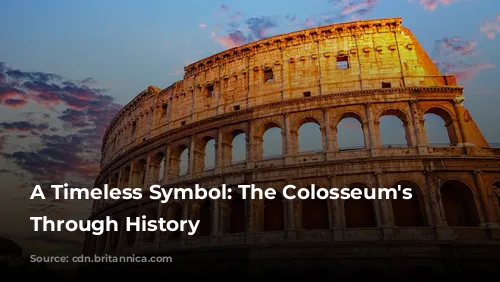The Colosseum stands tall, a breathtaking testament to the architectural and engineering marvels of ancient Rome. It’s not just a remarkable structure; it’s a bustling tourist hub, attracting millions of visitors every year. In 2018 alone, the Colosseum, along with the Roman Forum and Palatine Hill, generated over $63.3 million (€53.8 million) in revenue, solidifying its position as the top tourist attraction in Italy.
The Colosseum’s journey through time has been a rollercoaster of ups and downs. After the decline of the Western Roman Empire, the once-grand arena fell into disrepair. In the 12th century, powerful families, the Frangipane and Annibaldi, converted it into a fortress, using its imposing walls for their own purposes. By the late 15th century, the Colosseum’s fate took a turn for the worse as it was used as a quarry, a stark contrast to its glorious past. Luckily, a wave of restoration efforts, spearheaded by the Italian government, began in the 1990s, breathing new life into this iconic landmark.
From Entertainment Venue to Symbol of Imperial Power
The Colosseum wasn’t merely a monument; it was a carefully planned testament to imperial might. Built during the turbulent “Year of the Four Emperors” in 69 CE, it served as a symbol of renewal for the Roman Empire. Emperor Vespasian, the man behind the Colosseum’s construction, envisioned it as a grand entertainment venue. The arena hosted a dazzling array of spectacles: gladiatorial combats, thrilling animal hunts, and even mock naval battles. It was a place where Romans from all walks of life could gather for entertainment and to celebrate their empire.
Construction of the Colosseum began under Emperor Vespasian between 70 and 72 CE. His son, Titus, oversaw the Colosseum’s completion in 80 CE, a grand dedication marked by 100 days of non-stop entertainment. Emperor Domitian added the fourth story in 82 CE, further enhancing the structure’s grandeur. The Colosseum’s construction was financed with spoils from Titus’s conquest of Jerusalem, a stark reminder of the Roman Empire’s military might and territorial expansion.
An Architectural Masterpiece: A Landmark of Roman Engineering
The Colosseum stands as an impressive amphitheater, an elliptical marvel of stone, concrete, and tuff, reaching four stories tall. It measures a staggering 620 by 513 feet (189 by 156 meters), capable of accommodating a crowd of up to 50,000 spectators. This magnificent structure is a testament to the Romans’ mastery of engineering, architecture, and building techniques. The Colosseum’s construction employed a complex system of barrel vaults and groin vaults, a true feat of engineering.
The Colosseum was a place of spectacle and entertainment, hosting gladiatorial combats, animal hunts, and mock naval battles. It was a place where the Roman Empire’s power was showcased, where Romans could gather to celebrate their triumphs and share in the excitement of public entertainment. The Colosseum was a vibrant hub of activity, a testament to the Romans’ love for spectacle and their advanced building techniques.

From Glory to Neglect, Then Restoration and Rebirth
The Colosseum, once a beacon of Roman grandeur, faced centuries of neglect and even destruction. Over time, the Colosseum became a canvas for the passage of time, its once-pristine surfaces bearing the scars of history. The marble seats and decorative elements that once graced its interior were stripped away, leaving behind a mere shell of its former glory. It was used as a fortress, its imposing structure repurposed for defense. Later, it was reduced to a quarry, its materials plundered for other construction projects. The Colosseum’s fall from grace was a painful reminder of the ebb and flow of history.
However, the Colosseum’s story isn’t just one of decline; it’s a story of resilience. The late 20th century saw a resurgence of interest in preserving this historical gem. Restoration projects, fueled by a renewed appreciation for the Colosseum’s historical significance, breathed new life into the ancient monument. Today, the Colosseum stands as a symbol of Rome’s enduring legacy, a testament to the power of human creativity and a reminder of the importance of preserving our past.
The Colosseum, a monument to ancient Rome’s ingenuity and a reminder of its grandeur, continues to draw visitors from around the world. It’s a reminder that even in the face of time, history, and decay, the enduring spirit of human creativity can rise again.

